Fluorescent stones
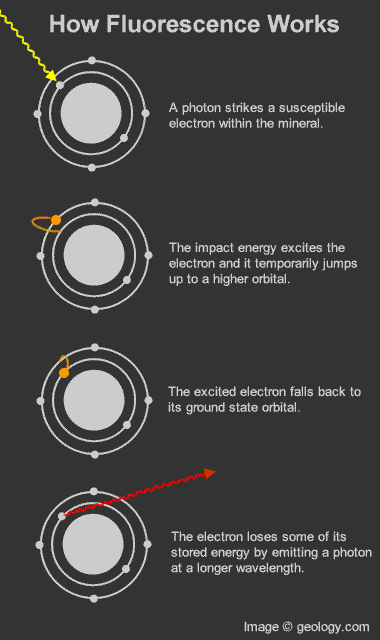
Fluorescent and phosphorescent stones
Fluorescence
Fluorescence is the emission of light by a mineral that has absorbed light or other electromagnetic radiation. The emitted light has a longer wavelength, and therefore lower energy, than the absorbed radiation. The most striking example of fluorescence occurs when the absorbed radiation is in the ultraviolet region of the spectrum, and thus invisible to the human eye, while the emitted light is in the visible region, which gives the fluorescent substance a distinct color that can be seen only when exposed to UV light.
The stimulating light excites an electron, raising energy to an unstable level. This instability is unfavorable, so the energized electron is returned to a stable state almost as immediately as it becomes unstable. This return to stability corresponds with the release of excess energy in the form of fluorescence light. This emission of light is only observable when the stimulant light is still providing light to the mineral and is typically yellow, pink, orange, red, green, or purple.
Phosphorescence
Fluorescent materials cease to glow nearly immediately when the radiation source stops, unlike phosphorescent materials, which continue to emit light for some time after. In fluorescence, electrons excited by incoming photons jump up to a higher energy level and remain there for a tiny fraction of a second before falling back to the ground state and emitting fluorescent light. In phosphorescence, the electrons remain in the excited state orbital for a greater amount of time before falling. Minerals with fluorescence stop glowing when the light source is turned off. Minerals with phosphorescence can glow for a brief time after the light source is turned off.
Fluorescent & phosphorescent rocks of Peru
Manganocalcite
Manganocalcite is a mixture of manganese and calcite. The divalent manganese, in concentrations of up to several percent, is responsible for the intense red or orange fluorescence of this mineral. Manganocalcite is surely the most commonly known fluorescent mineral from Peru.
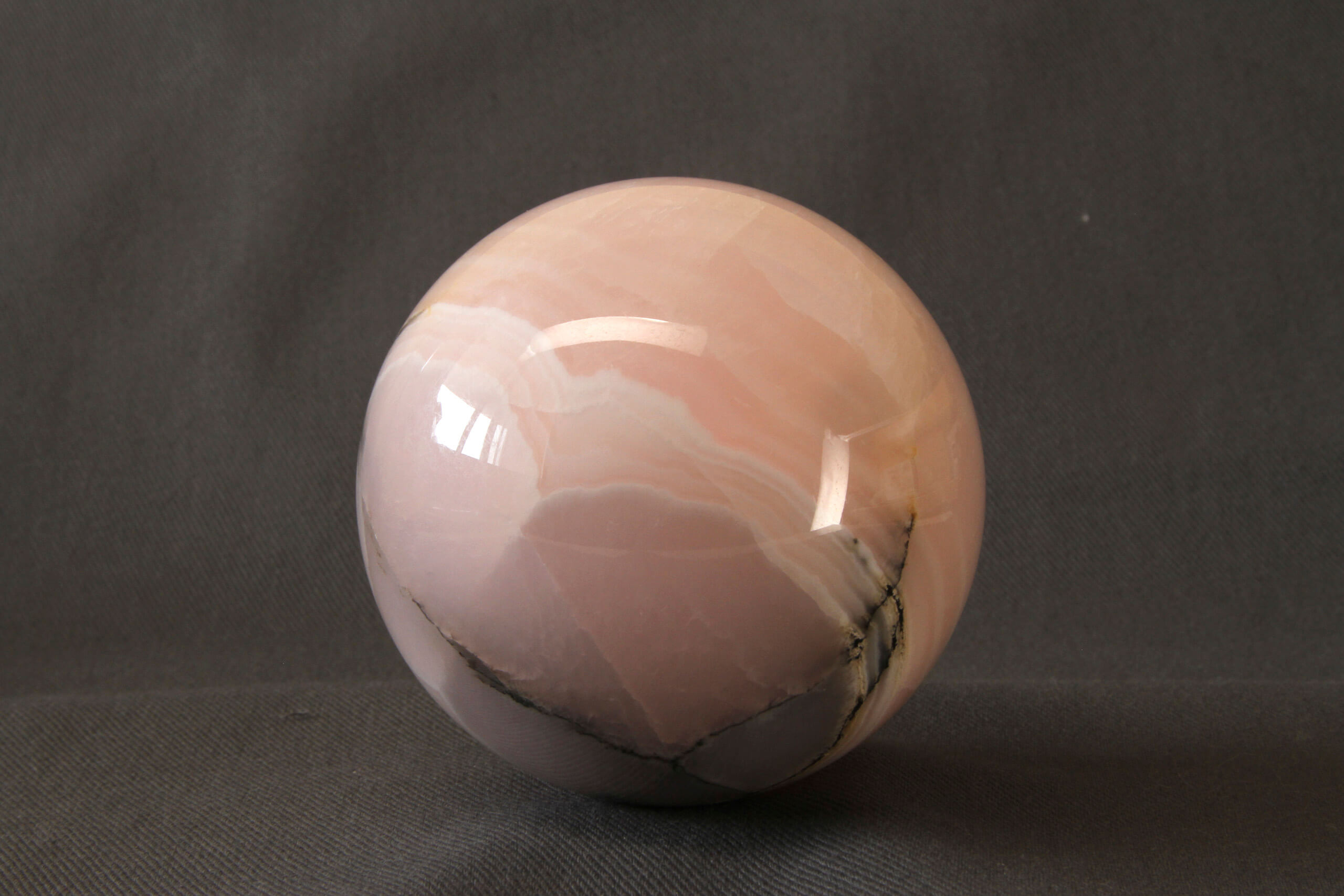
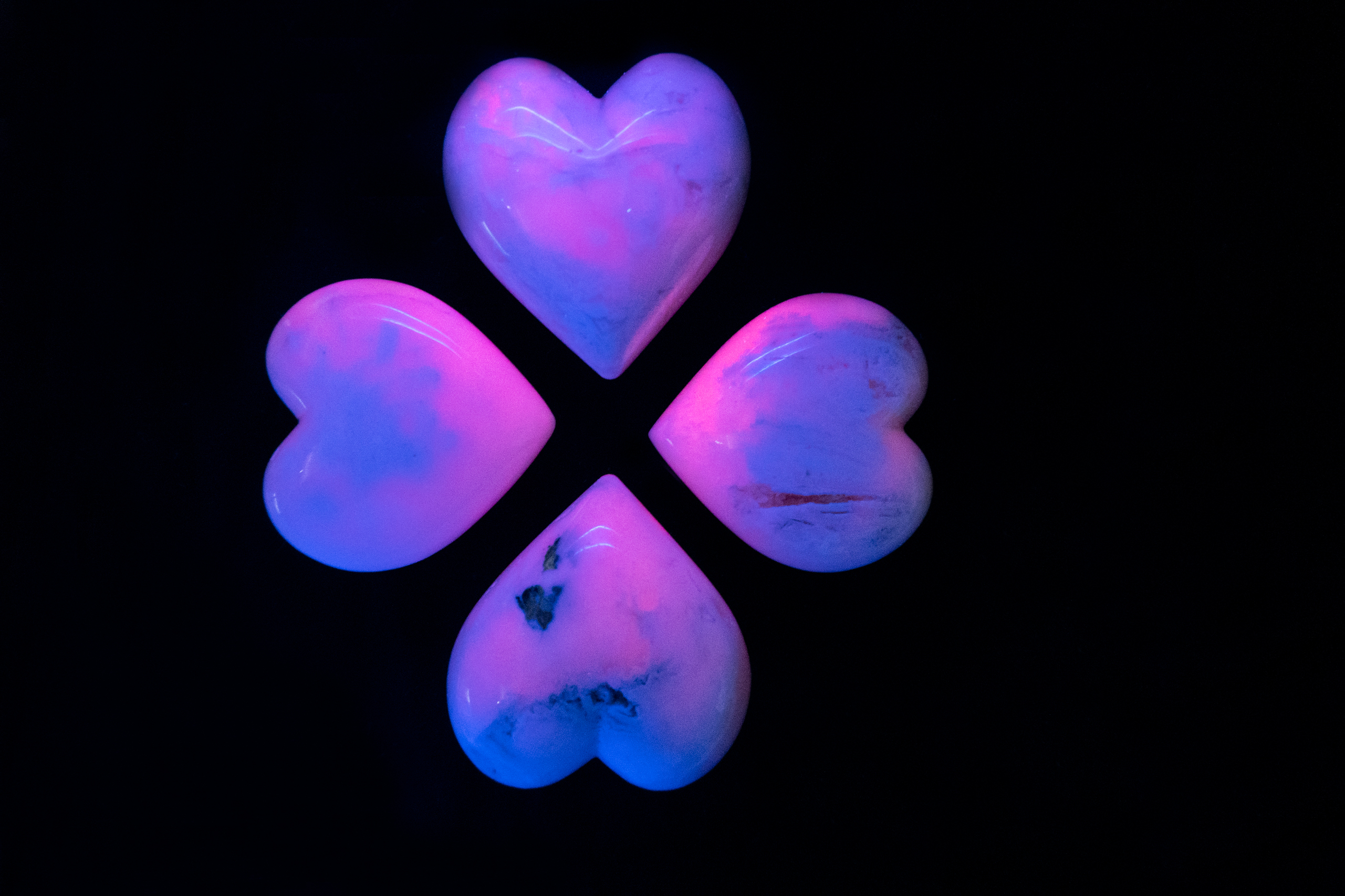
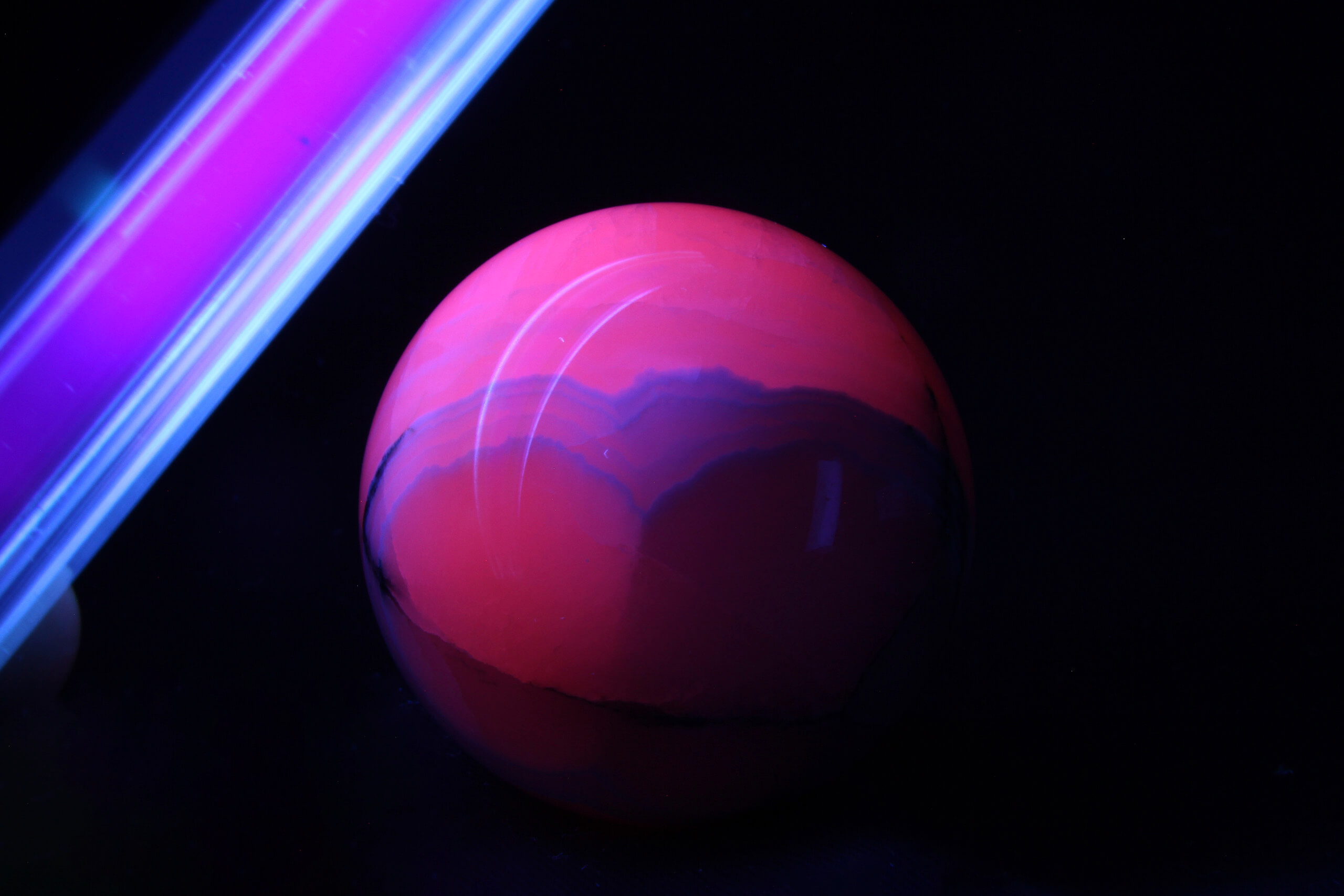
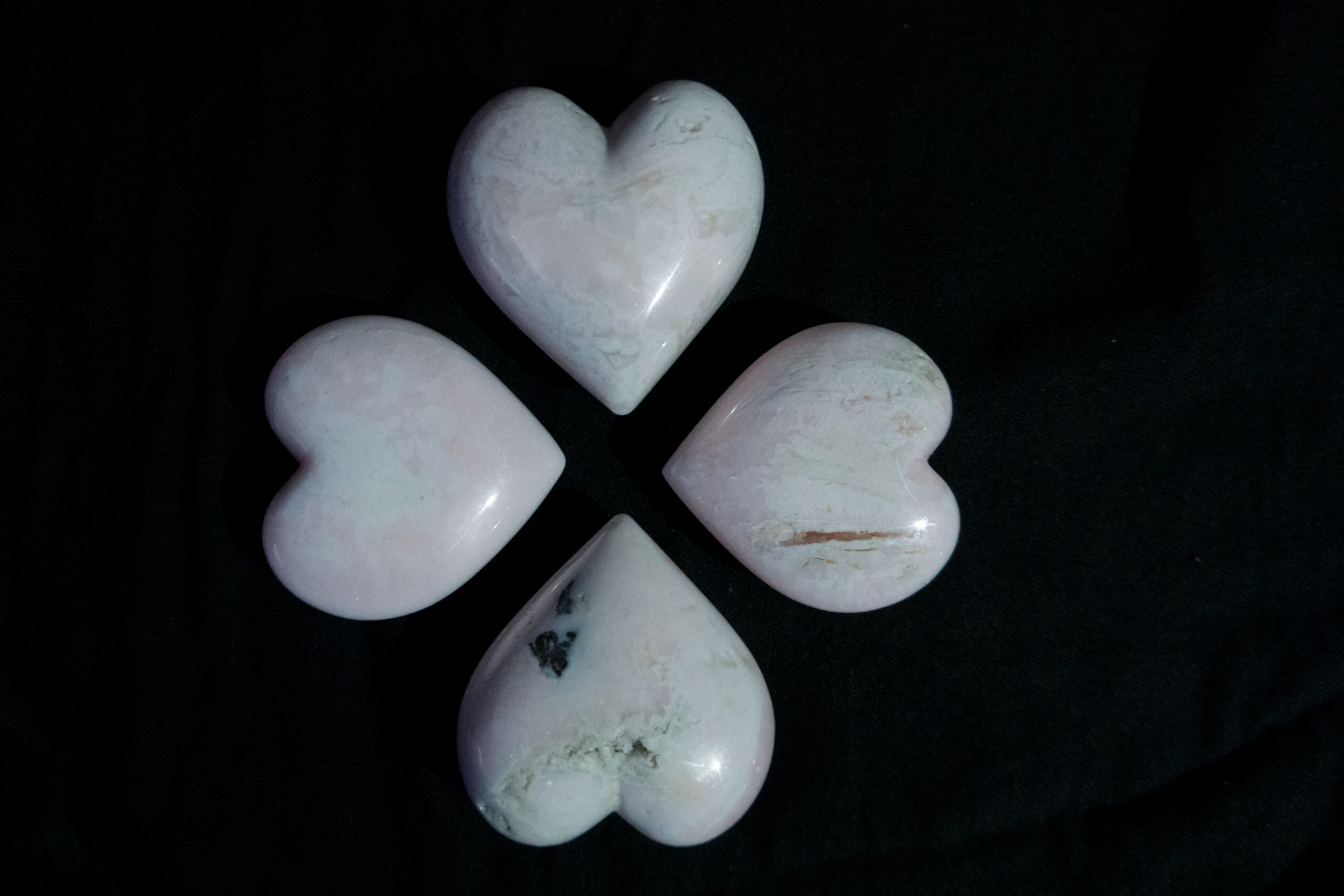
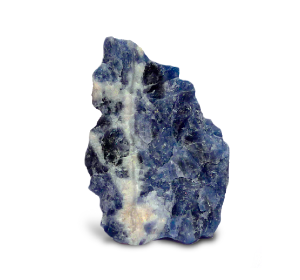
Sodalite
The fluorescence of sodalite, being mined in Peru for decor products and interior design, has long gone under the radar for most people. In 2017 the so called Yooperlite® pebbles were found at Lake Superior by Erik Rintamaki and quickly turned fluorescent stones to be the ultimate trend. For quite a while nobody knew what makes the Yooperlite® rocks glow. Now we know that they are actually syenite rocks that are rich in fluorescent sodalite.

Peruvian Black Iris Opal
Peruvian Black Iris Opal® was discovered in Peru in 2019 and found to be fluorescent by Gemrock Perus general manager Stefan Austermühle. It is a very rare stone with only a few dozens of kilos found so far.
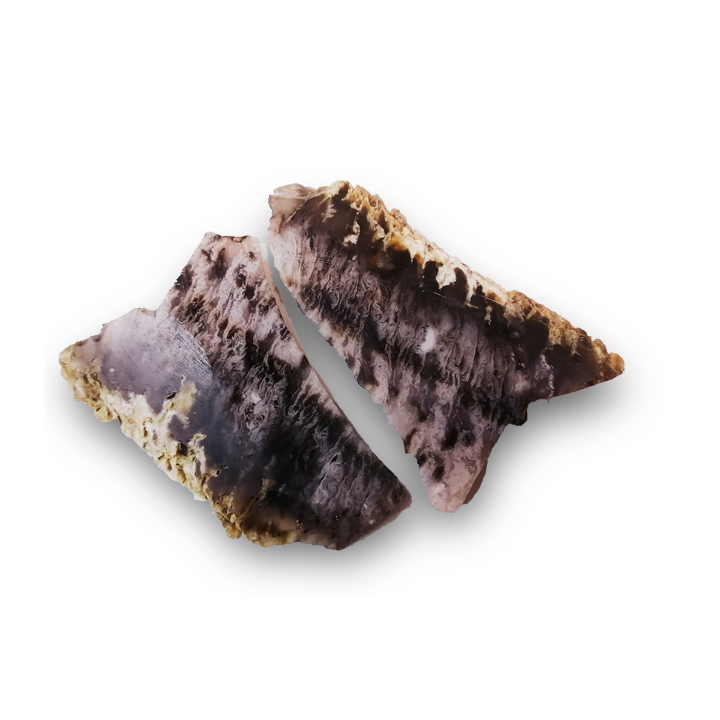
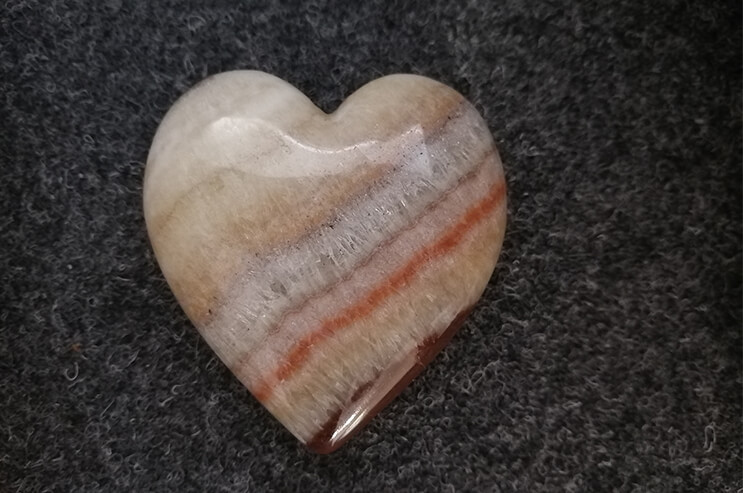
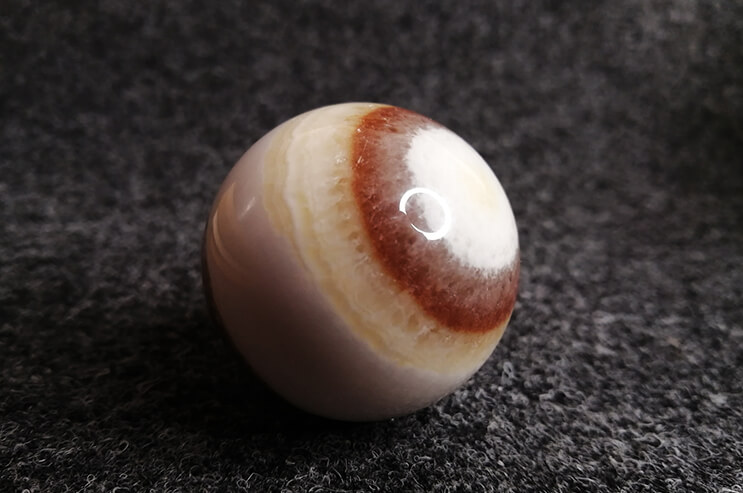
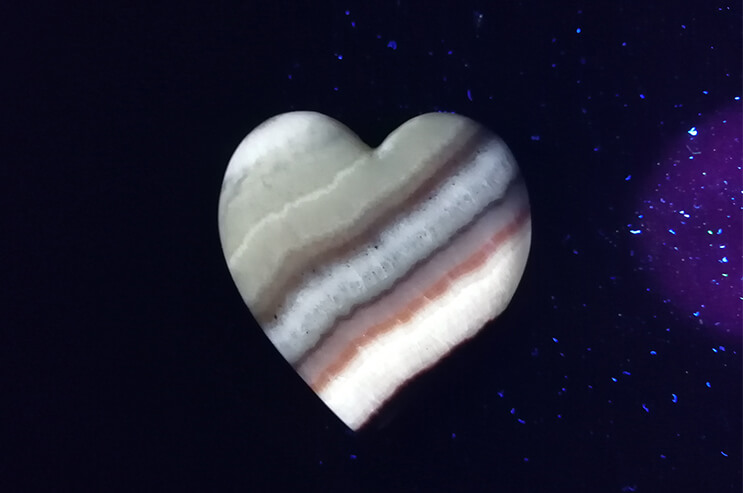
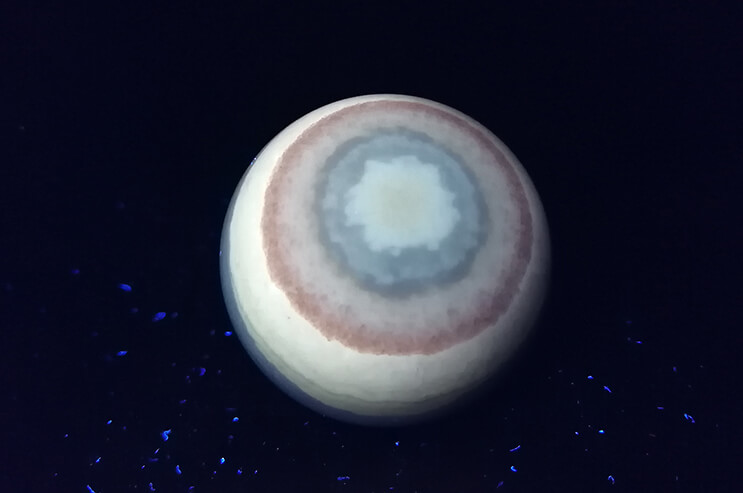
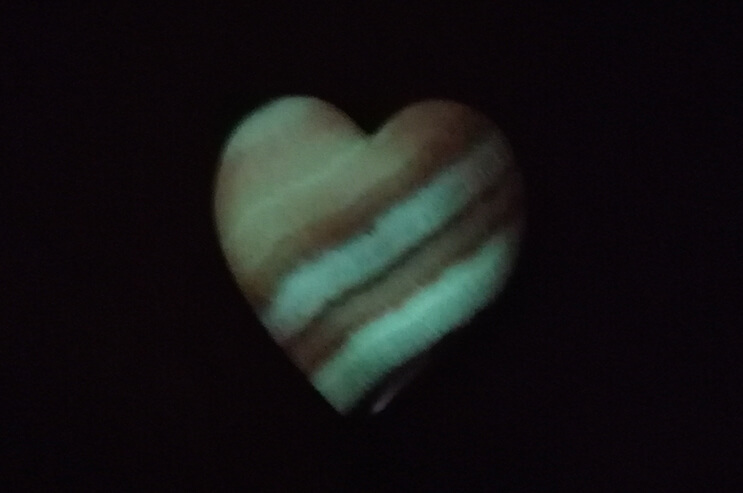
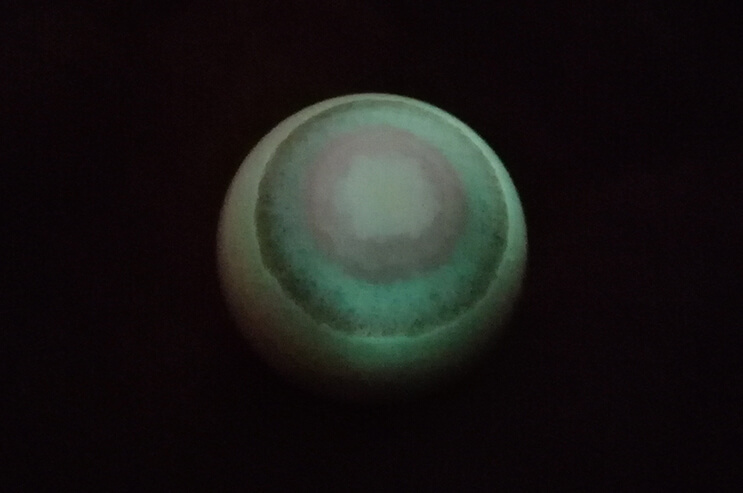
Peruvian tiger aragonite
Peruvian tiger aragonite® is so far know to only a few peruvian lapidary carvers but has not been promoted so far in foreign countries, as it is very rare and hard to acquire. The fact however, that this mineral is phosphorescent has been recently discovered by Gemrocks general manager, Stefan Austermühle. The white layers of the tiger aragonite® do emit a very strong white light when under UV-impact. However when the light is switched off, the mineral shows an intense green afterglow that takes several seconds to dimm out. We are in process of acquiring more of this mineral in order to introduce this fascinating rock to the world.






Caramel Calcite®
Caramel Calcite® was discovered in the Peruvian coastal desert in 2019 and so far we dont know exactly what kind of a mineral it is. Caramel Calcite® produces beautifully polished products featuring colourscales of browns, sometimes mixed with black. Caramel Calcite® is posphorescent. Under UV-light impact it shows the emission of white light creating an increased contrast. When the UV light is switched of one can note a green afterglow.
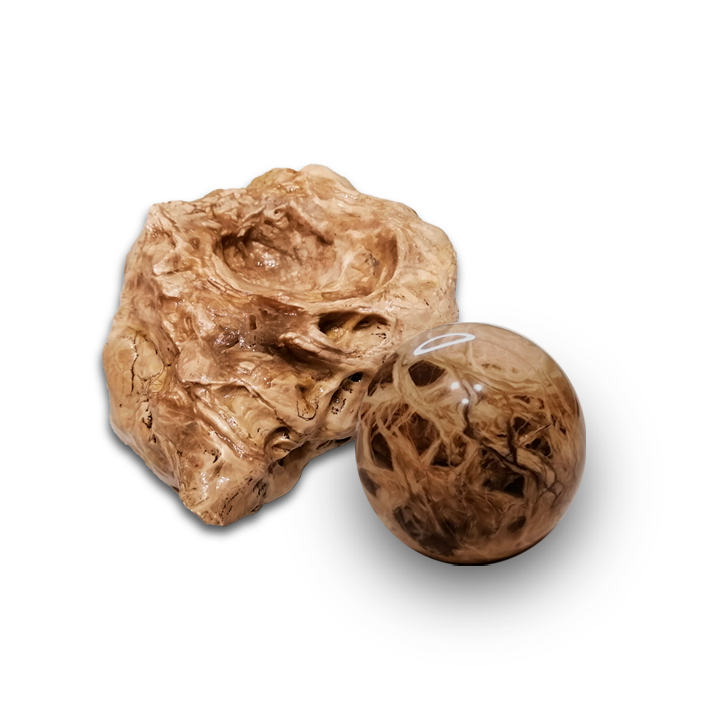
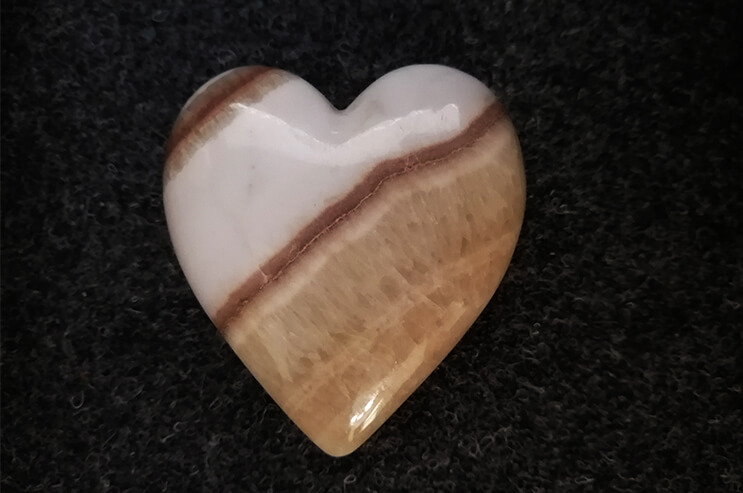
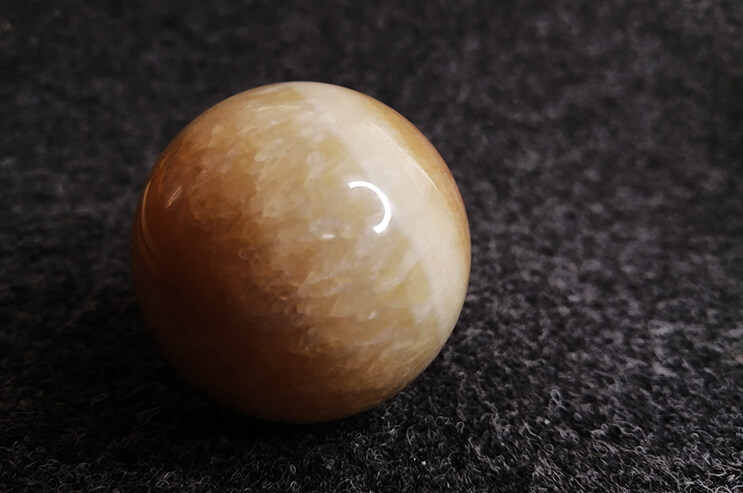
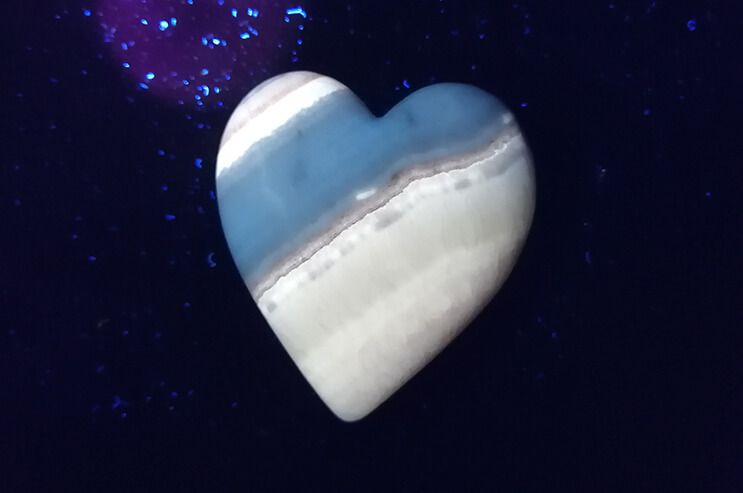
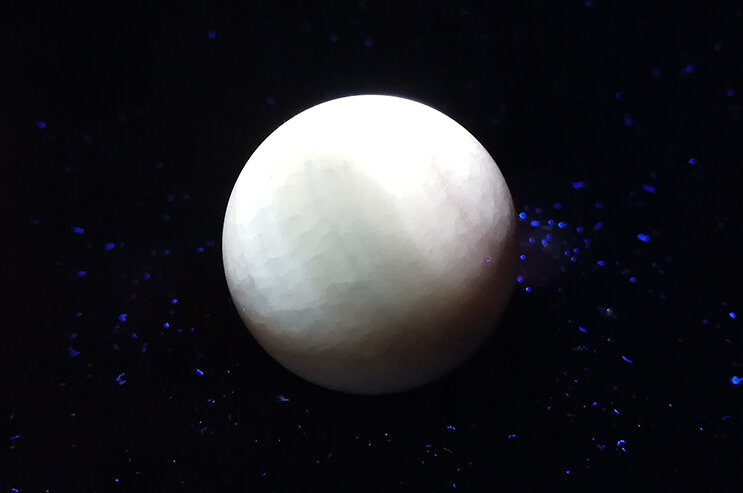
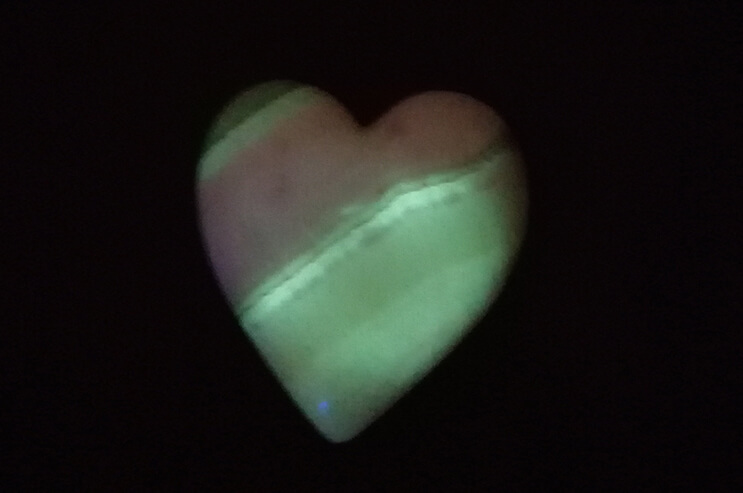
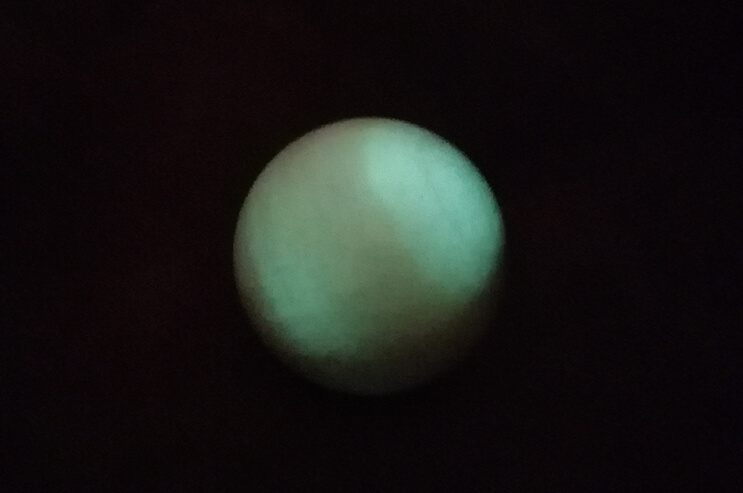
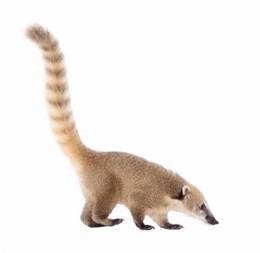
Coati Aragonite
Peruvian coati aragonite® is a beautiful material with brown, reddish, yellowish and white layers. It rememberd us to the striped tail of a coatí. So we named the stone after this threatened species from the Amazon. A great opportunity to promote the importance of the conservation of this species.
This mineral is fluorescent and phosphorescent has been recently discovered by Gemrocks general manager, Stefan Austermühle. The white layers of the coati aragonite® do emit a very strong whiteand even blueish light when under UV-impact. However when the light is switched off, the mineral shows an intense green afterglow that takes several seconds to dimm out. We are in process of acquiring more of this mineral in order to introduce this fascinating rock to the world.

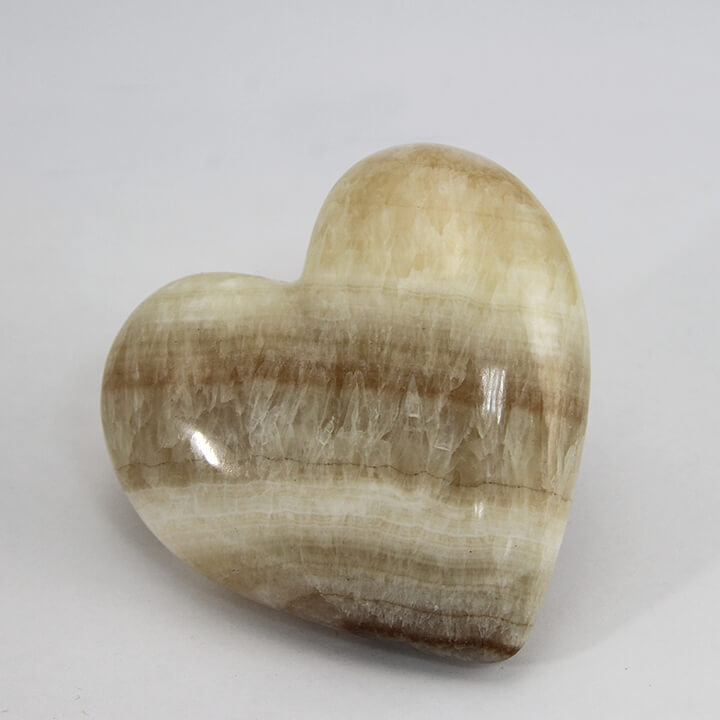
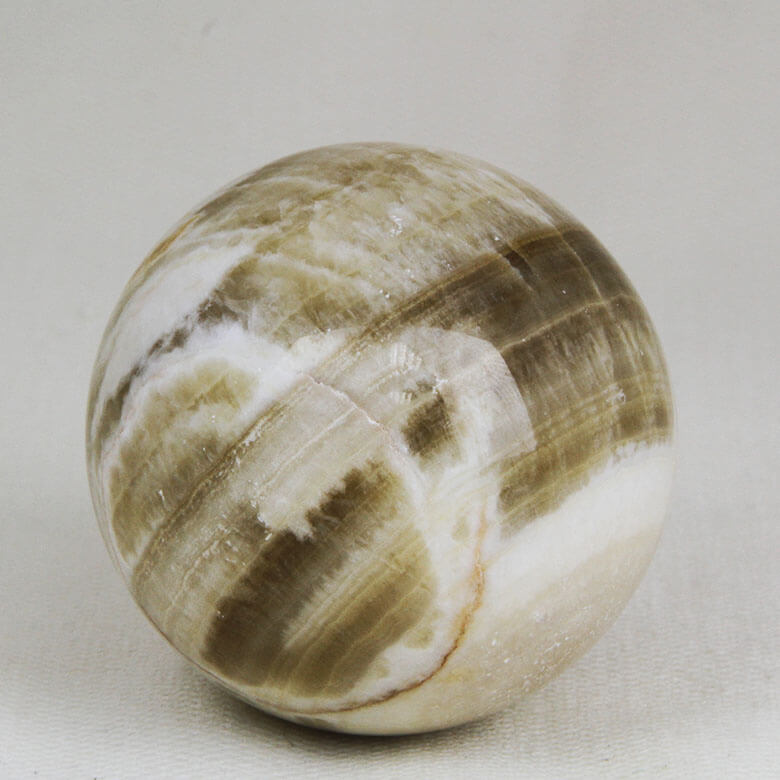
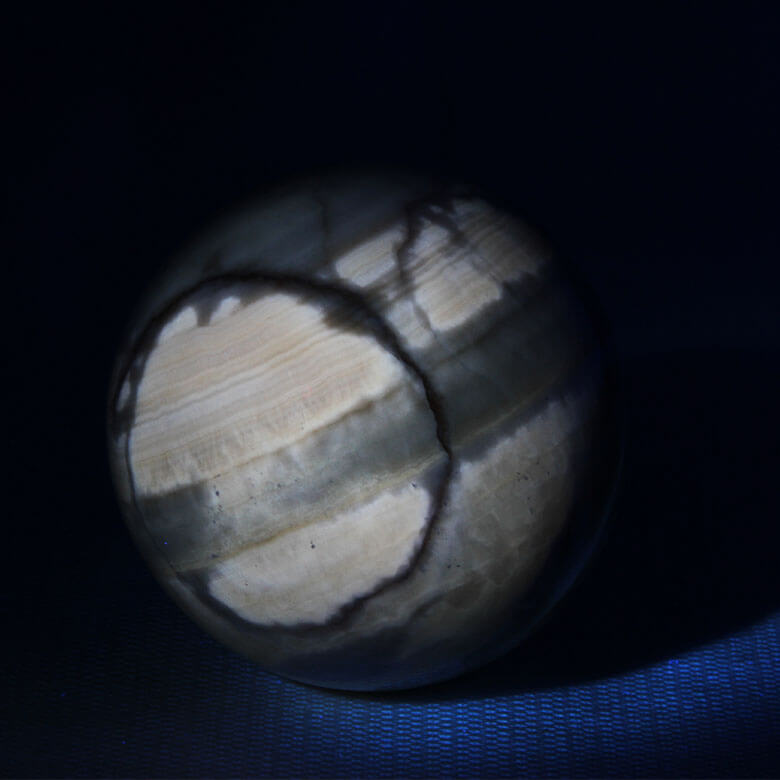
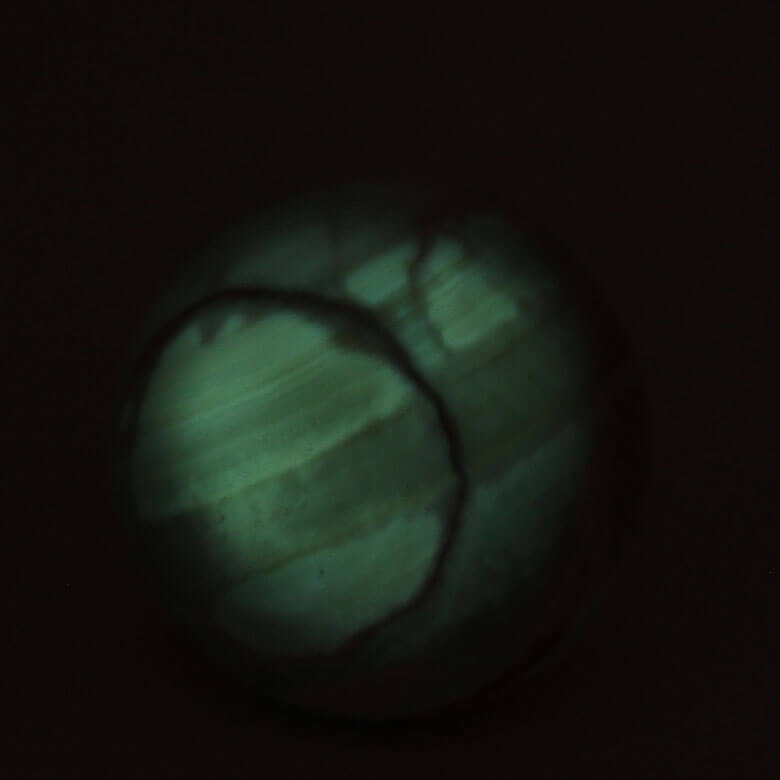
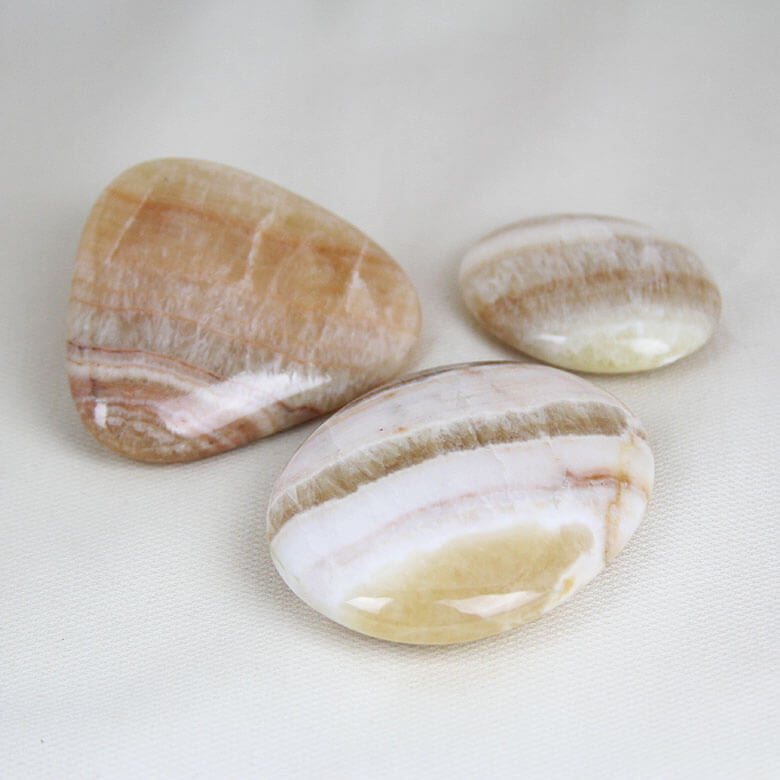
Leopardite
Fluorescence in the jasper family has so far only been published for ocean jasper. Leopardite jasper however will make headlines in the near future because its not only fluorescent but strongly phosphorescent. When exposed to UV-light Leopardite explodes in white light and when switching off the UV-Light one will be amazed by the strong and very long-lasting intensely green afterglow.
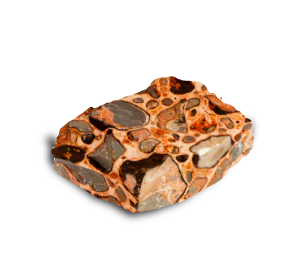
Is there anything you wish to know about:
Shipping cost and logistics, Payment options, Product quality, Packaging, Shipping damage, Refunds, etc. ?
Get in Touch
+51 994104206
gemrockinternational@gmail.com


